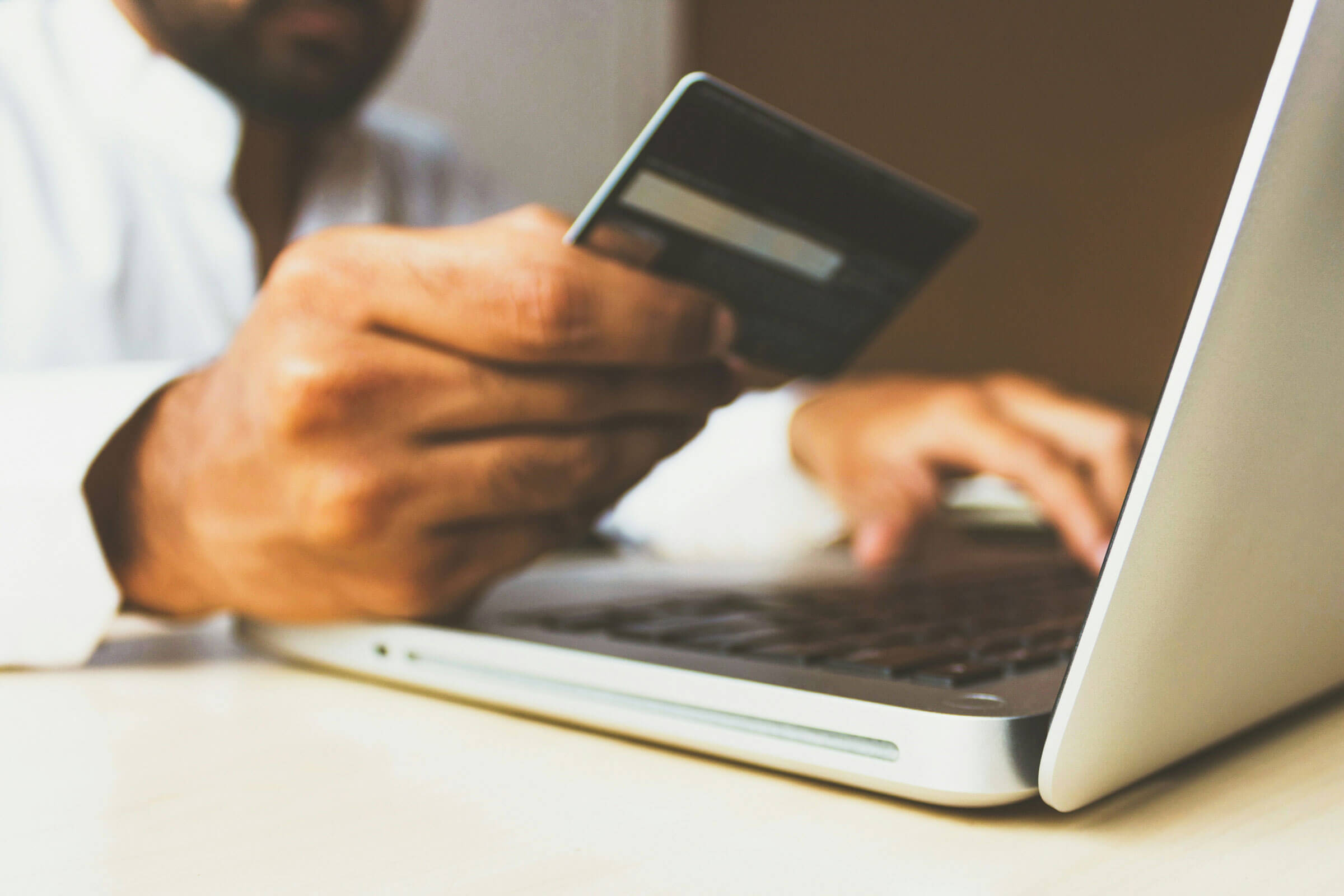

To make your life a little easier, we've got your back with a 7-step plan to pay off your credit card debt.
First things first. Unless your credit card debt is manageable, stop using your credit card if you can. Yes, it can be tempting to swipe for that extra latte or a weekend getaway, but you need to put a stop to it. Every time you use your credit card, you're adding to your debt and making it harder to pay off. Freeze it in a block of ice or cut up your card or if you have to, but do whatever it takes to stop using it.
Next up, take a good hard look at your debts. Get a good understanding of all your credit card balances, interest rates, and minimum payments. This will give you a clear picture of what you're dealing with and help you create a plan of attack.
Now it's time to make a budget. You need to know how much money you have coming in and going out each month. List all of your income sources, including your salary, any side hustles, and government payments. Then, list all of your expenses, including rent, bills, groceries, and any other discretionary spending. Look for areas where you can cut back and free up some extra cash to put towards your debt. Remember, setting a tighter budget for yourself only needs to be temporary while you're paying down debt – it's not forever.
You might also like:
> Love Afterpay? We do too. But could it affect your chances of buying a house?
> Credit scores: Do they actually matter in Australia?
> Can I improve my credit score by paying rent on time?
Once you have a budget, you can start prioritising your debts. List your credit card debts from the highest interest rate to the lowest. Focus on paying off the debt with the highest interest rate first while still making minimum payments on your other debts. This will save you money on interest in the long run.
If you're struggling with high-interest rates and your repayments aren't making much of a dent, consider a balance transfer. This involves transferring all or part of your existing credit card balance to a new card with a lower interest rate. Some credit card providers even offer a zero interest balance transfer period. Be careful, though. Balance transfers often come with fees and may have an introductory period with a zero or low interest rate that will eventually go up.
Snowballing your payments means putting any extra money you have towards your smallest debt while still making minimum payments on your other debts. Once the smallest debt is paid off, move onto the next smallest debt and so on. This will give you a sense of accomplishment and motivation as you see your debts disappearing one by one.
If you're struggling to make payments, don't be afraid to get help. Speak to a financial counsellor or debt management service for advice on how to manage your debt. There are also government support services available to help you if you're experiencing financial hardship.
You might also like:
> The 30% rule: How much can I afford to spend on rent?
> Budgeting secrets for students: Take control of your money
> RentPay: Build a savings nest egg with buffer
Paying off your credit card debt is not easy, but it is possible. With this 7-step plan, you can take control of your finances and start working towards a debt-free future.
Remember to stop using your credit card, take stock of your debts, make a budget, prioritise your debts, consider a balance transfer, snowball your payments, and get help if you need it. You've got this!